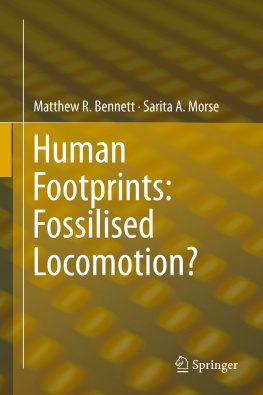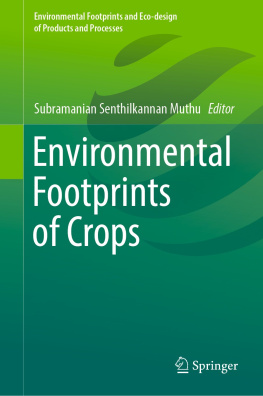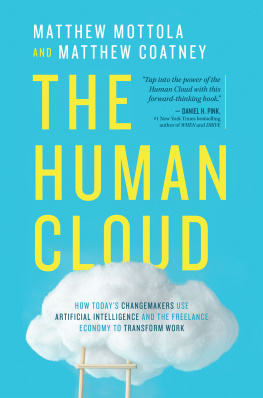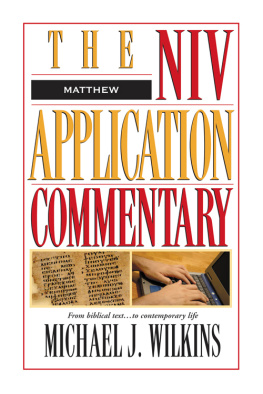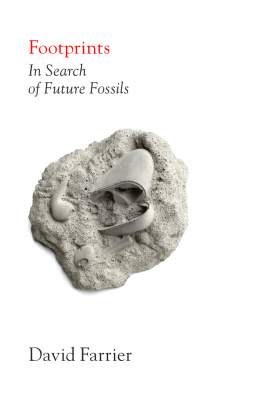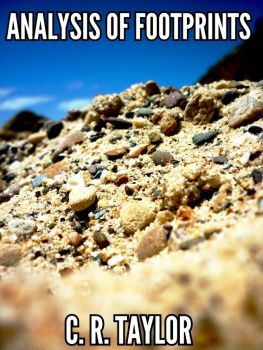Bennett Matthew R. - Human Footprints: Fossilised Locomotion?
Here you can read online Bennett Matthew R. - Human Footprints: Fossilised Locomotion? full text of the book (entire story) in english for free. Download pdf and epub, get meaning, cover and reviews about this ebook. City: Cham;New York, year: 2014, publisher: Springer International Publishing, genre: Romance novel. Description of the work, (preface) as well as reviews are available. Best literature library LitArk.com created for fans of good reading and offers a wide selection of genres:
Romance novel
Science fiction
Adventure
Detective
Science
History
Home and family
Prose
Art
Politics
Computer
Non-fiction
Religion
Business
Children
Humor
Choose a favorite category and find really read worthwhile books. Enjoy immersion in the world of imagination, feel the emotions of the characters or learn something new for yourself, make an fascinating discovery.
- Book:Human Footprints: Fossilised Locomotion?
- Author:
- Publisher:Springer International Publishing
- Genre:
- Year:2014
- City:Cham;New York
- Rating:4 / 5
- Favourites:Add to favourites
- Your mark:
- 80
- 1
- 2
- 3
- 4
- 5
Human Footprints: Fossilised Locomotion?: summary, description and annotation
We offer to read an annotation, description, summary or preface (depends on what the author of the book "Human Footprints: Fossilised Locomotion?" wrote himself). If you haven't found the necessary information about the book — write in the comments, we will try to find it.
Human Footprints: Fossilised Locomotion? — read online for free the complete book (whole text) full work
Below is the text of the book, divided by pages. System saving the place of the last page read, allows you to conveniently read the book "Human Footprints: Fossilised Locomotion?" online for free, without having to search again every time where you left off. Put a bookmark, and you can go to the page where you finished reading at any time.
Font size:
Interval:
Bookmark:
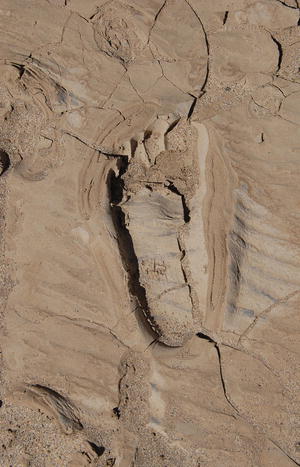
Term | Definition |
|---|---|
Track | A single footprint or partial impression made by the foot of an animal |
True track | A track whose lower surface was in contact with the plantar surface of the track-makers foot |
Under track | A track that is formed by the compression of sediment below the track-makers foot. When exhumed an under track may be visible but its surface will not have been directly in contact with the track-makers foot, if for example the original contact surface has eroded. Thulborn () use the term transmitted relief to describe an under track which describes the situation well, but has not been widely adopted |
Elite track | A well-preserved true track (Lockley and Hunt ) |
Trackway | A series of tracks made by the same animal (Leonardi ) |
Track-maker | The animal that made the track |
Tracked surface | The surface or palaeosurface on which the track-maker walked/moved (Forns et al. ) |
Overall track | If the track walls sides of a print are not vertical then the outer track dimension (overall track) will be larger than the dimension of the track-makers foot or the track bottom (true track; Brown ) |
Internal overtrack | Forms by covering of the track bottom (true track) without covering the entire overall track. Often associated with the trapping of sediment within microbial mats formed in the wet print interiors (Marty et al. ) |
Natural track cast | A mould of a track formed by infilling sediment forming a negative replica (Lockley ) |
Overprinting | Caused by the track-maker or another animal overprinting an original track |
Displacement rim | A marginal rim of a track formed by the displacement of sediment, sometimes referred to as a push-up structure or a bourrelet (Allen ) |
Font size:
Interval:
Bookmark:
Similar books «Human Footprints: Fossilised Locomotion?»
Look at similar books to Human Footprints: Fossilised Locomotion?. We have selected literature similar in name and meaning in the hope of providing readers with more options to find new, interesting, not yet read works.
Discussion, reviews of the book Human Footprints: Fossilised Locomotion? and just readers' own opinions. Leave your comments, write what you think about the work, its meaning or the main characters. Specify what exactly you liked and what you didn't like, and why you think so.

